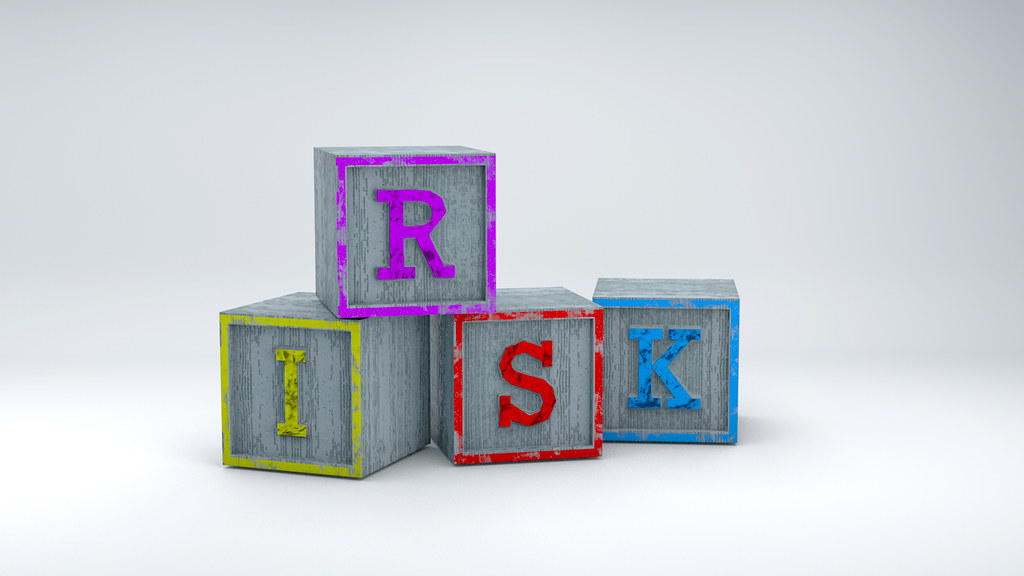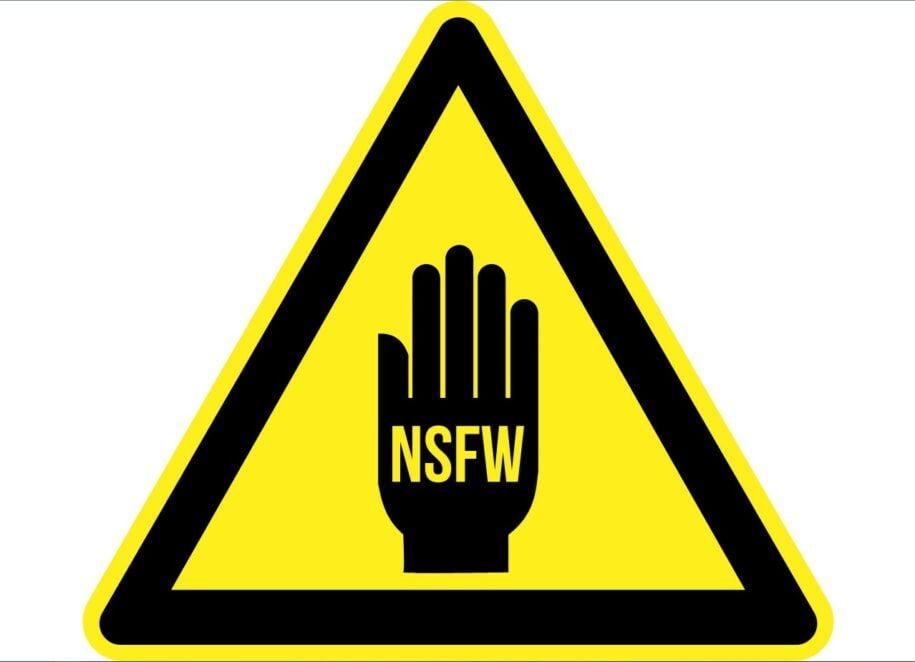Most people know what “NSFW” means, but they might not know why it’s used on social media. NSFW stands for Not Safe For Work, and is often used as a warning that the content of a post or link is inappropriate for viewing in a public place. But what qualifies as NSFW? Is it just pornography and nudity, or can anything be considered NSFW? And who gets to decide what’s appropriate for work and what isn’t?
These are all valid questions, and the answer to each is surprisingly complex. In this article, we will discuss the NSFW meaning on social media, the origins of NSFW, and how it’s been interpreted over time.
And when your done check out our other Twitter guides:
- What Does LFG Mean on Social Media?
- What Does Ratio Mean on Twitter?
- What Does It Mean to Trend on Twitter?
Table of Contents
Original Meaning of NSFW

The original meaning of NSFW, “Not Safe For Work,” was quite simple, it referred to all the inappropriate content for the workplace. This could include nudity, pornography, and other graphic or explicit material. In the early days of the internet, there were no specific guidelines or regulations governing what could and couldn’t be posted online. As a result, NSFW social media apps began to be used to warn people about potentially offensive content.
In the late 1990s and early 2000s, internet usage was still relatively new, and most people didn’t have much experience with it. So when followers came across something explicitly sexual or violent, they would often label it NSFW to avoid any potential embarrassment. This is also when the term began to be used more broadly to refer to any type of content that might not be suitable for work. For example, a post about a recent political scandal might be considered NSFW because it could potentially lead to heated arguments between coworkers.
Other Meanings of NSFW on Social Media

Today, the term NSFW is used more broadly than ever before. It can be applied to anything from graphic violence to mildly suggestive images. And while the definition of NSFW may still be somewhat ambiguous, there are a few general rules of thumb that can help to determine if something is inappropriate for work.
Generally speaking, anything that could cause someone to feel uncomfortable or embarrassed is considered NSFW. This includes images or videos of nudity, violence, or sexual activity. It can also include content that is sexual in nature but doesn’t necessarily depict nudity or violence. For example, a post about a new lingerie line might be considered NSFW because it could make people feel uncomfortable for other reasons.
Some people also argue that any content that could be seen as offensive or politically incorrect should be considered NSFW. This could include jokes about race, religion, or sex, as well as anything that could be construed as sexist or racist.
While there is no definitive answer to what qualifies as NSFW content, it’s generally safe to say that anything that could potentially make someone uncomfortable is fair game. So if you’re ever in doubt, it’s best to err on caution and mark your post as NSFW.
Relevant Situations to Use NSFW

These days, workplaces are increasingly more lax about what their employees can post on social media, but there are still some boundaries that shouldn’t be crossed, especially regarding NSFW content. So, when is it appropriate to use NSFW content in social media?
- When you’re warning people about sensitive material. For example, if you’re sharing a news article that contains graphic images or videos, it’s considerate to tag the post as NSFW so that people can choose whether they want to see it.
- When you’re sharing something that’s meant to be funny. We all have that one friend who loves to share raunchy memes and jokes, and as long as they’re tagged NSFW, it’s all good fun.
- When you’re posting artwork or photography that contains nudity. Again, this is more for the consideration of others – if you know that some people might be offended by seeing nudity, it’s best to warn them in advance.
- When you’re sharing something that’s explicitly sexual in nature. This one is pretty self-explanatory.
Generally speaking, as long as you’re using NSFW tags responsibly and respecting the boundaries of other people’s comfort levels, there’s no reason why you can’t enjoy a little bit of NSFW content on social media from time to time. Don’t go overboard and start posting porn; that’s not cool.
Conclusion
NSFW content on social media can be a great way to add spice to your feed and get people talking. However, it’s important to remember that not everyone is comfortable with this type of content. For this reason, it’s always a good idea to check with your followers before posting anything that could be considered NSFW. If unsure whether something is appropriate, err on caution and avoid posting it. After all, it’s better to be safe than sorry!
- A Step-by-Step Guide to Deleting Fake X Followers - January 3, 2025
- Tips to Boost Your Visibility on X - January 3, 2025
- How to Use X Polls to Boost Audience Interaction - December 2, 2024

